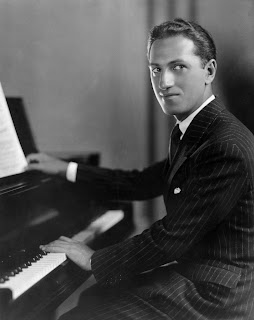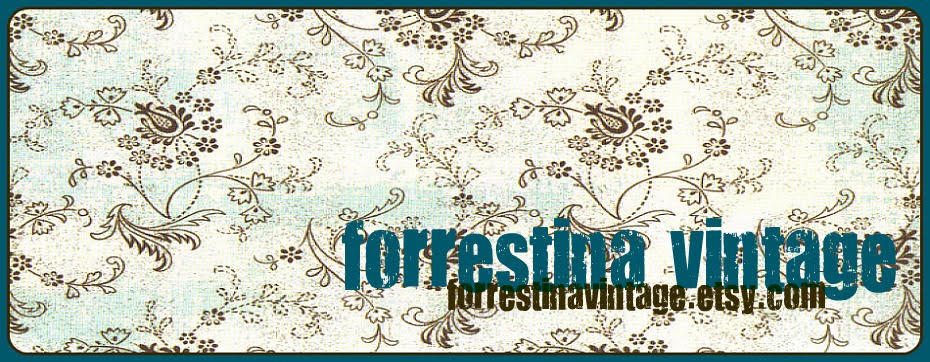 Jazz has a history,
Jazz has a history, which makes it stand head and shoulders above all other genres of music. Jazz is a musical conversation: a partly planned and partly spontaneous musical dialogue among the musicians who perform it. The history of jazz is a fascinating story that can be interesting and enjoyable to fans and non-fans alike. It is a story of not just music and musicians, but of the struggles, it took to achieve, to create, to invent and re-invent, and to make sacrifices for the sake of an art. It is a look at how 20th century Americans forged a very personal and unique art form that defined the culture in which they lived.
 Robert Leroy Johnson
Robert Leroy JohnsonJazz is a true American art form. It is as much a part of our cultural heritage as baseball and our Constitution. Risk takers and rule breakers, men and women who put everything on the line for the sake of their art, created it, like America itself. Jazz is the art form of individual expression, but unlike many other mediums, it is spontaneous; what is created now will be recreated differently later. Jazz is a perfect example of the American spirit and a reflection of our changing culture. Jazz is the epitome of twentieth century America.
 Glenn Miller Swing Band
Glenn Miller Swing BandAs far as music goes, Jazz is relatively complex. Many musical, technical, intellectual, and emotional elements happen simultaneously. Jazz makes far more demands on the listener than most popular styles of music which are fundamentally simpler than Jazz. The more you know about Jazz (how to listen to it, the history and evolution of its styles, the key players, the different forms, its relationship to American history and its cultural significance), the more you can appreciate and enjoy it. Listening to Jazz even makes it possible to gain insight into humanity via an aesthetic experience. This is the ultimate goal of Jazz.
 Dave Brubeck Quartet
Dave Brubeck QuartetJazz was created out of the social conditions that were present in the South due to the institution of slavery. The roots of Jazz can be traced to the beginnings of African and Western European music. Jazz today can be difficult to define because it is performed in so many styles and many other types of music including but not limited to Rock and Roll, Pop, Funk, World Music, Fusion, Latin Jazz, Smooth Jazz, Avant-Garde, and Rhythm and Blues have all been influenced by its sound.
 John Birks "Dizzy" Gillespie
John Birks "Dizzy" GillespieSlaves brought work songs and field hollers learned in Africa to America in the early 1600s. Those forms of music were eventually adapted and then modified by religious blacks and became spirituals--the earliest versions of gospel music. What we know as early Jazz was birthed around 1895 in New Orleans from the styles known as Creole and Dixieland. Ragtime music became the rage in the late nineteenth and earliest part of the twentieth century.
 Fats Waller
Fats WallerThe standard history of Jazz generally considers the first Jazz record to have been the Original Dixieland 'Jass' Band's (a group of all white musicians) "Dixie Jass Band One Step" and "Livery Stable Blues." This record was made for the Victor label in New York on February 26, 1917. The record was released in May of 1917. It was an immediate success and this record is considered the spark that ignited the Jazz fad that seized the world in the years during and after World War I.
 George Gershwin
George GershwinIn a decade of rebellion, the Roaring 20's was the perfect climate for Jazz. The young and the hip craved anything that was new and exciting. The more uptight members of society thought Jazz was decadent and amoral which gave Jazz an extra appeal to the younger generation. The exciting new rhythms and harmonies were ultimately the irresistible force behind society's eventual acceptance of Jazz. The first bandleader to achieve national notoriety was Fletcher Henderson who formed a band in the early 1920's. Originally, his band was a dance band, playing waltzes and foxtrots. Over the course of a few years, Jazz rhythms and blue notes became more and more prominent in the band's music. By the time the band took over at Roseland Ballroom and featured Louis Armstrong on trumpet, it had become a Jazz band.
 Louis Armstrong
Louis ArmstrongMost of New York's Jazz clubs were in Harlem, and in 1925-26, there appeared several popular plays and a book, which portrayed Harlem as the exciting place to be in New York City. As a result, tourists gravitated toward Harlem to see this colorful neighborhood, and the nightlife took off. From 1927 until the late 1930’s, things were so busy in Harlem that good musicians could play every night of the year, sometimes in many different bands, due to constant personnel changes in most of them.
 John Coltrane
John ColtraneIt wasn't until 1935 that Jazz with a new "Swing beat" achieved national attention thanks in large part to Benny Goodman. With the help of a flourishing radio broadcast industry Big Band Swing music was in full flower and it was shortly after that jitterbug dancing—created specifically for this style of music--also gained national popularity and bolstered American optimism throughout the era of World War II.
 Duke Ellington Big Band
Duke Ellington Big BandIn the late 1940s the exploratory use of unusual instruments, the use of new techniques without sacrificing a swinging feel and a modern use of carefully written ensemble arrangements by Miles Davis, Gerry Mulligan, Gil Evans and John Lewis had far reaching effects on Jazz. Their recordings—the most well known being, "Birth of the Cool”--represented the maturing of Cool Jazz, demonstrated the wide potential of this style and established it as a permanent voice in the Jazz genre.

 Miles Davis, Billie Holiday
Miles Davis, Billie HolidayFrom 1940-1955 a new style emerged called Bebop and it created yet another evolution in the sound of Jazz. Young black musicians broke free of the mostly white- member big bands in seek of better pay and the creative freedom to play new music they were creating. The size of the groups became smaller, the arrangements had more room for individual players to improvise, the tempos were purposely undanceable—either very fast or very slow—and their sound was positive and joyful but very unpredictable. Key players from the Bebop era include trumpet player Dizzy Gillespie, sax man Charlie Parker (aka “Bird”), and piano master Thelonious Monk.
 Thelonious Monk
Thelonious MonkThe 1960s through 1990s brought the styles of Free Jazz, Jazz/Rock Fusion, Smooth Jazz, World Music, Latin Jazz, Avant-Garde, Acid, Urban and Neo-Traditional styles of Jazz. These periods continued to reshape and remake what Jazz was and is today and carried the influence of Jazz into all other genres of music in America and throughout the world.
 Pat Metheny
Pat MethenyIn each decade there are those who have said, “Jazz is dead”. While this is obviously not true, it is true that our society has become more diverse, and so has Jazz. Jazz gathers influences from new technology, different cultures and new ideas. It was originally created from a fusion of musical styles and is still recreating itself from new musical styles. That is why it will continue as part of our heritage, keep pace with the rest of the music genres, and hold its place at the front of the best in music.
Tina M. Pfeiffer, Evaluative Essay, 11.21.07
© Tina Pfeiffer, 2007 ~ do not use this writing in whole or part without my written permission...thanks!







































































